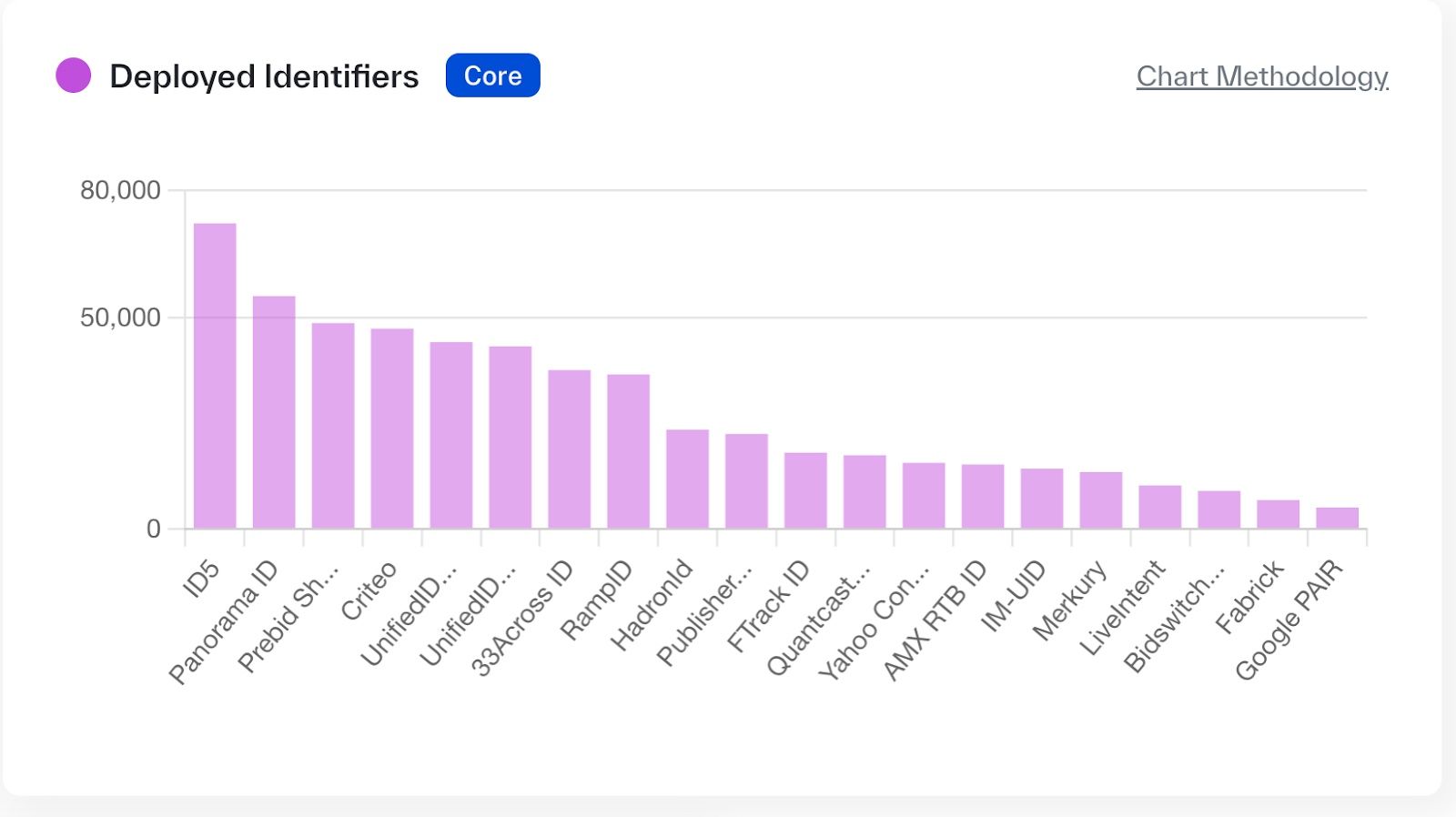PART 1: Understanding Bid enrichment
In the dynamic world of advertising technology in the ‘loss of signal era”, bid enrichment plays a pivotal role in enriching bid requests with crucial information related to impressions, users, cohorts, and contextual signals. These additional data signals empower potential buyers with valuable insights, fostering a more informed and targeted advertising experience. In this blog post, we delve into the intricacies of bid enrichment, focusing on the significance of universal IDs and the transition from third-party to first-party data.
Understanding Bid Enrichment and Universal IDs
Bid enrichment enhances bid requests with additional information linked to impressions, users, or contextual cues. This incremental data provides additional signals and valuable insights to demand partners (SSPs and DSPs), elevating the advertising experience for both advertisers and consumers and thereby increasing the impression value for the publisher. Critical elements in enriching the bid include universal IDs, IAB categories, and other acceptable data points.
Universal IDs, in particular, are becoming crucial components of bid enrichment. With over forty-five potential UIDs available, it is essential to focus on the most relevant ones. Among the myriad options, around two dozen universal IDs stand out due to their high importance and frequent usage. Some commonly utilized universal IDs include ID5, Ramp ID, Panorama ID, Shared ID, Criteo ID, Hadron ID, 33Across, Transunion's Fabrik ID, Yahoo Connect ID, and several others.
To illustrate the prevalence of these identifiers, the chart below from Sincera highlights the "deployed identifiers" based on the volume of publishers who utilize these IDs:

The Shift from Third-Party Cookies to First-Party Data
In the past, targeting information heavily relied on data collected from third-party cookies. These cookies allowed third-party entities like DMPs to track users across numerous websites, offering insights into user intent based on browsing behavior. Combined with offline data on demographics, income, product ownership, loyalty, and more, advertisers could effectively identify their target market's core characteristics.
However, with the deprecation of third-party cookies, only about 33% of users are now addressable with third-party cookies. As a result, the industry is undergoing a significant shift from relying on third-party data to leveraging first-party data. A deep explanation is available here, but for this post, publishers need to recognized that many of the UIDs are built off of your first-party cookie and therefore, create a new opportunity for publishers to leverage this data. This shift puts publishers in a unique position to control and maximize the value of their home audience while also providing valuable audience intelligence to increase impression value.
Next Post>












